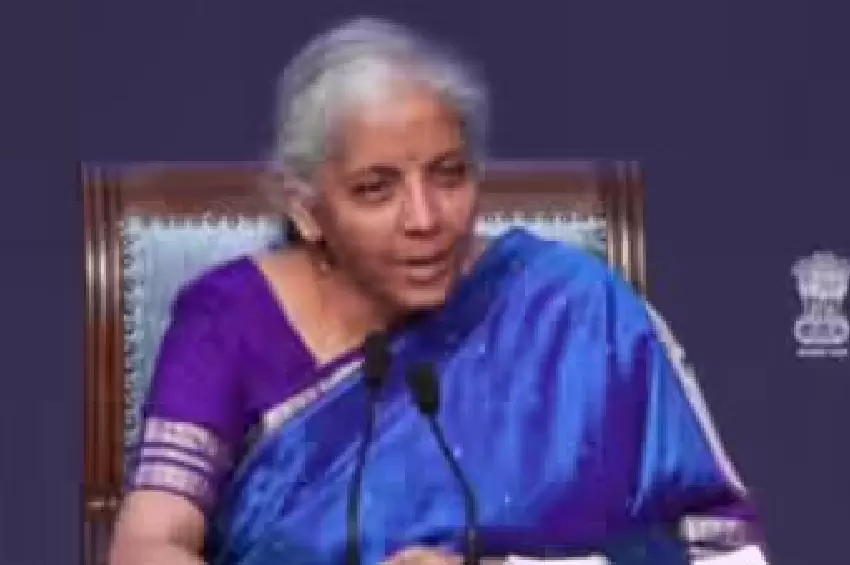India's Digital Payment Leap
The International Monetary Fund (IMF) highlights a significant shift in India's payment ecosystem, with the Unified Payments Interface (UPI) leading the charge towards a cashless society. Since its inception in 2016, UPI has not only grown exponentially but also transformed the way Indians transact daily.

With over 18 billion transactions processed monthly, UPI has become the backbone of India's digital payment infrastructure, outpacing other electronic retail payment methods and setting a global benchmark for faster payments.
The Rise of Interoperable Payment Systems
The IMF paper underscores the importance of interoperable payment systems like UPI, which facilitate seamless transactions across different payment providers. This flexibility has encouraged over 600 banks and 200 apps to join the UPI ecosystem, fostering a competitive environment that benefits users with better service quality and the freedom to choose their preferred app.
Initially, users preferred accessing UPI through their banks' apps due to trust issues. However, the landscape has evolved, with private sector banks now seeing higher user retention rates compared to their public sector counterparts, thanks to the advantages offered by interoperability.
Looking Ahead
The success of UPI in reducing cash dependency in India serves as a model for other countries aiming to digitize their economies. The IMF's endorsement of such interoperable systems could pave the way for global adoption, marking a new era in digital payments.









Comments